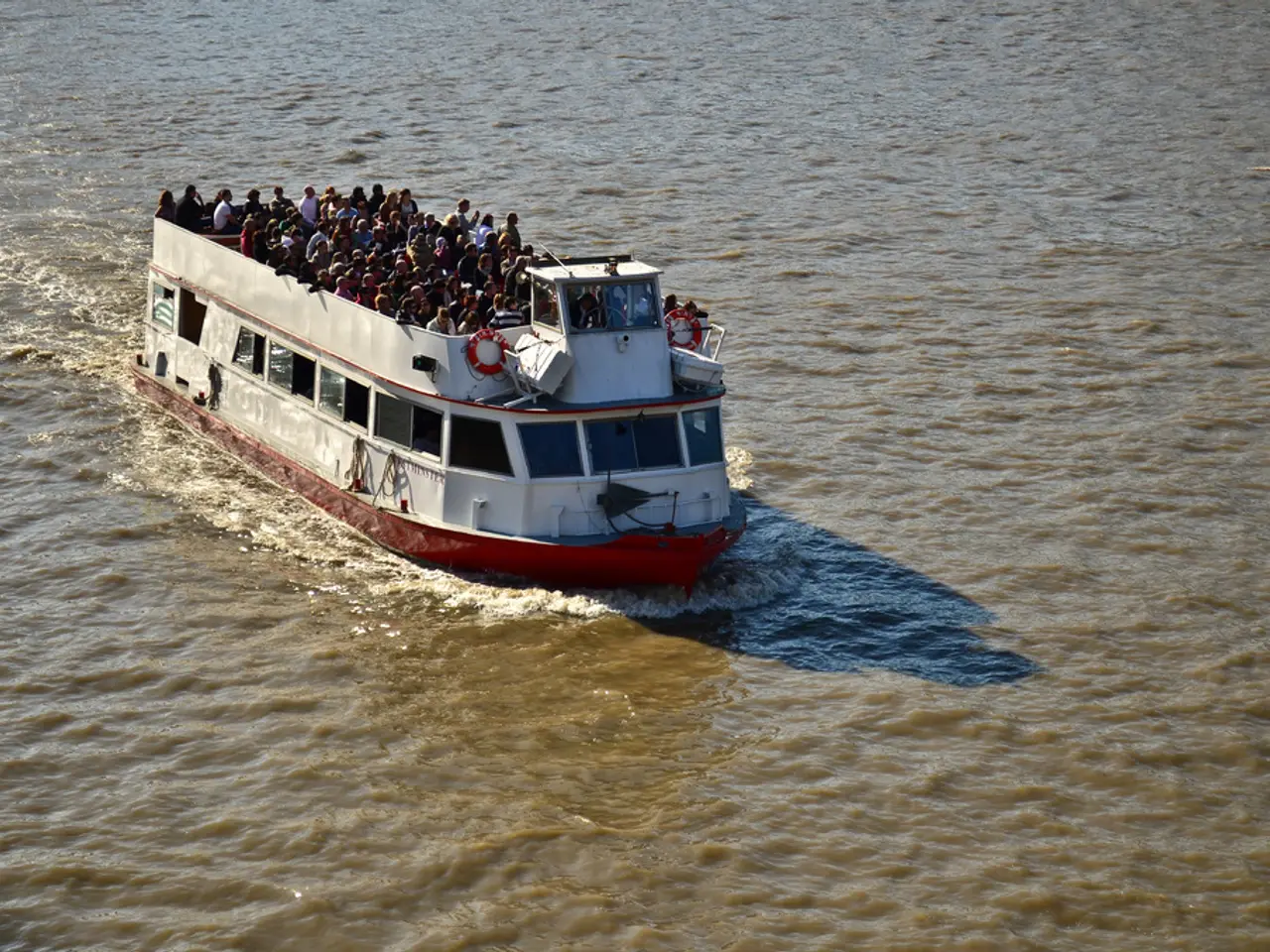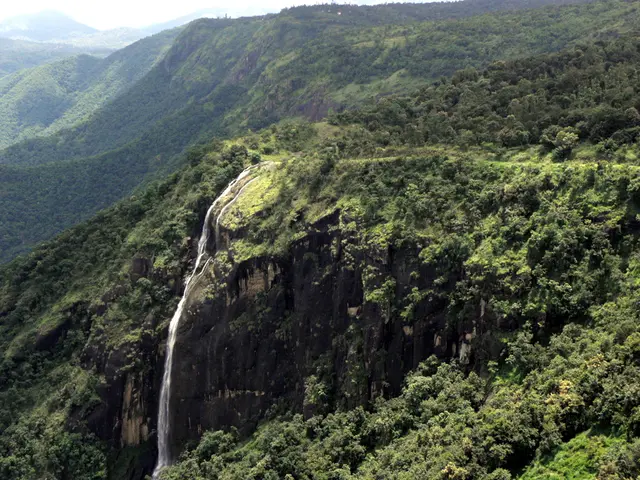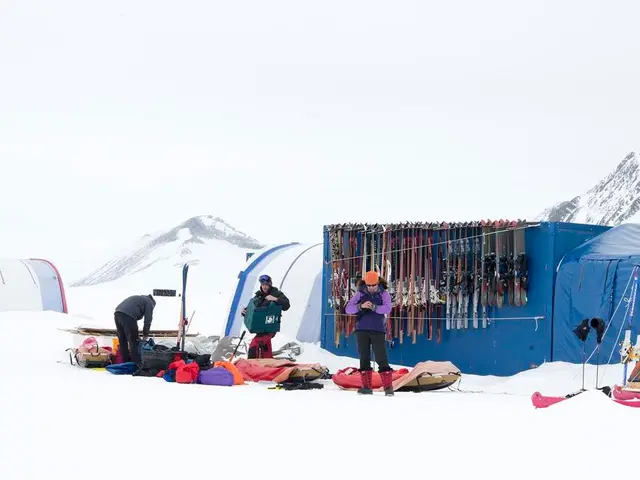Journeying from island to island on the expansive Indian Ocean
In the heart of the Indian Ocean, Saskia Stainer-Hutchins and her husband Ross embarked on a detour of grand proportions, sailing from Thailand towards the Maldives and eventually, the remote and isolated Chagos Archipelago.
Their journey was marked by numerous challenges and unique experiences. The sail from Thailand to the north of the Maldives was a remarkable passage with very few waves and a steady 15 knots on the beam. However, the equatorial current pushing the yacht off course dominated the sail from the Maldives to Chagos, extending the voyage by three days.
Sailing conditions as they turned south were very changeable, with squalls at least a daily occurrence. The wind disappeared and was replaced by small squall cells, lightning, a big southern swell, and the east-setting equatorial current. Yet, the experience of motoring over a sea that was as flat as glass, with no wind, was magical and allowed for easy wildlife spotting.
Chagos, one of the largest wildlife sanctuaries on the planet, did not disappoint. The amount of flora and fauna the sailors saw was breathtaking. Birds choked the sky, and the animals, seemingly unafraid of people, roamed the islands freely. The sailors were grateful to have found themselves washed up on that beach in Chagos.
The Chagos Archipelago, made up of seven atolls, covering an area larger than France, offers remote, relatively untouched islands with pristine natural environments and opportunities for adventure in a sparsely inhabited setting. However, visits to Chagos are special and require careful compliance due to strict access and environmental protection rules.
Sadly, the right to visit Chagos as a sailor was heavily restricted, and the permit dates were ruthlessly managed. Only a tiny number of people are permitted to enter Chagos waters; military personnel, a few scientists, and some very lucky sailors. This exclusivity stems from the UK's controversial history with Chagos. The UK expelled the local population between 1967 and 1973 after Chagos was sold to the UK for £3m by Mauritius, as a condition to gaining their independence in 1968. The USA subsequently built a naval base in Chagos, and this is the reason, alongside the closure of the farms that supported them, the local population was forced to leave their homes.
Since that time, Mauritius has sought sovereignty of Chagos, and as of October 2024, this bid was successful: the UK Government has confirmed that the islands will be returned to Mauritius.
The Maldives, on the other hand, offers a series of stunning coral atolls from north to south, where sailors can explore crystal-clear waters, vibrant marine life, and local island communities known for their distinct culture and hospitality. However, finding good anchorages in The Maldives was challenging, with many resorts now occupying the best islands with ideal anchorages for sailboats.
Sailing teaches the sailors many things every day, but the ability to 'go with the flow' was a gift this region has blessed them with forever. Navigational complexity, weather variability, logistical hurdles, remoteness, and regulatory restrictions are all challenges that sailors face while island-hopping across the Indian Ocean. Yet, the breathtaking natural beauty and rich cultural encounters make it an unforgettable experience.
Their adventure-travel journey through the Indian Ocean, including the sail from Thailand to the Maldives and the remote Chagos Archipelago, offered a lifestyle filled with challenges and unique experiences. Despite the extended voyage due to the equatorial current, Chagos, one of the largest wildlife sanctuaries on Earth, provided breathtaking flora and fauna, making it a special and rare destination for those fortunate enough to visit, such as the lucky sailors who manage to secure the permits.




